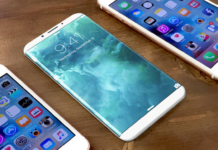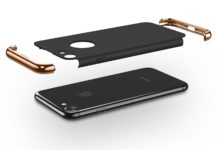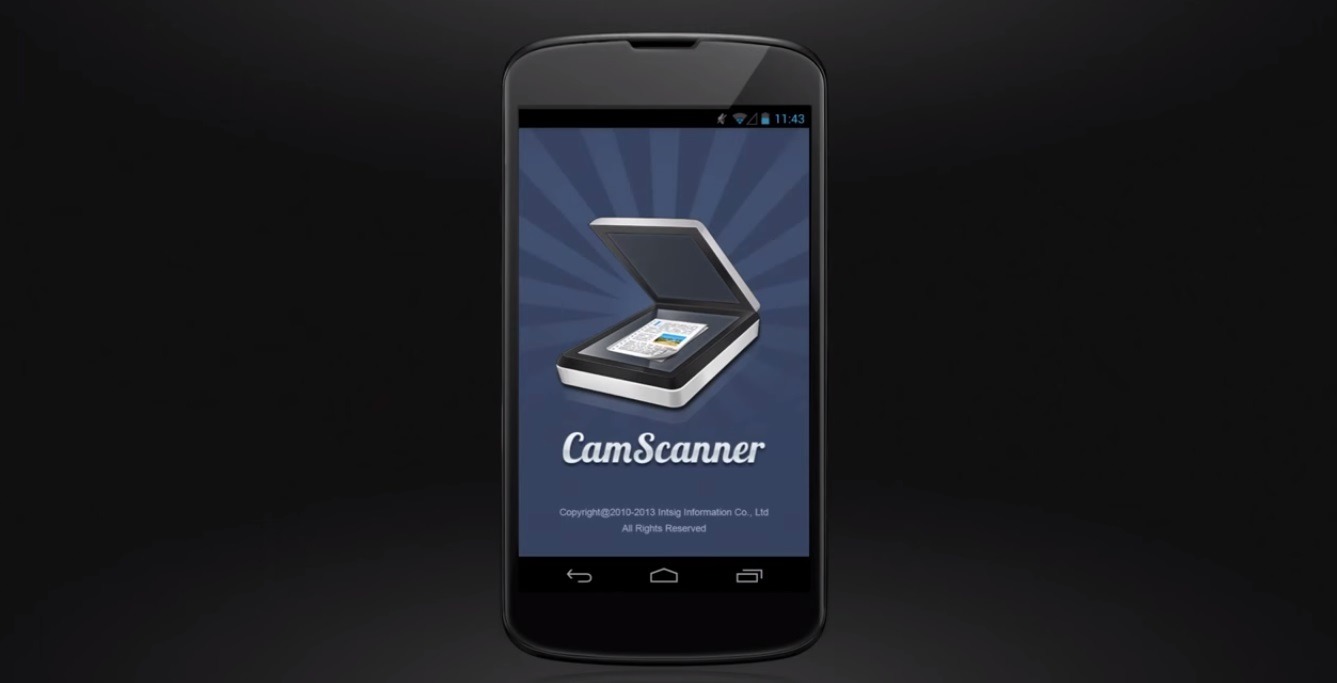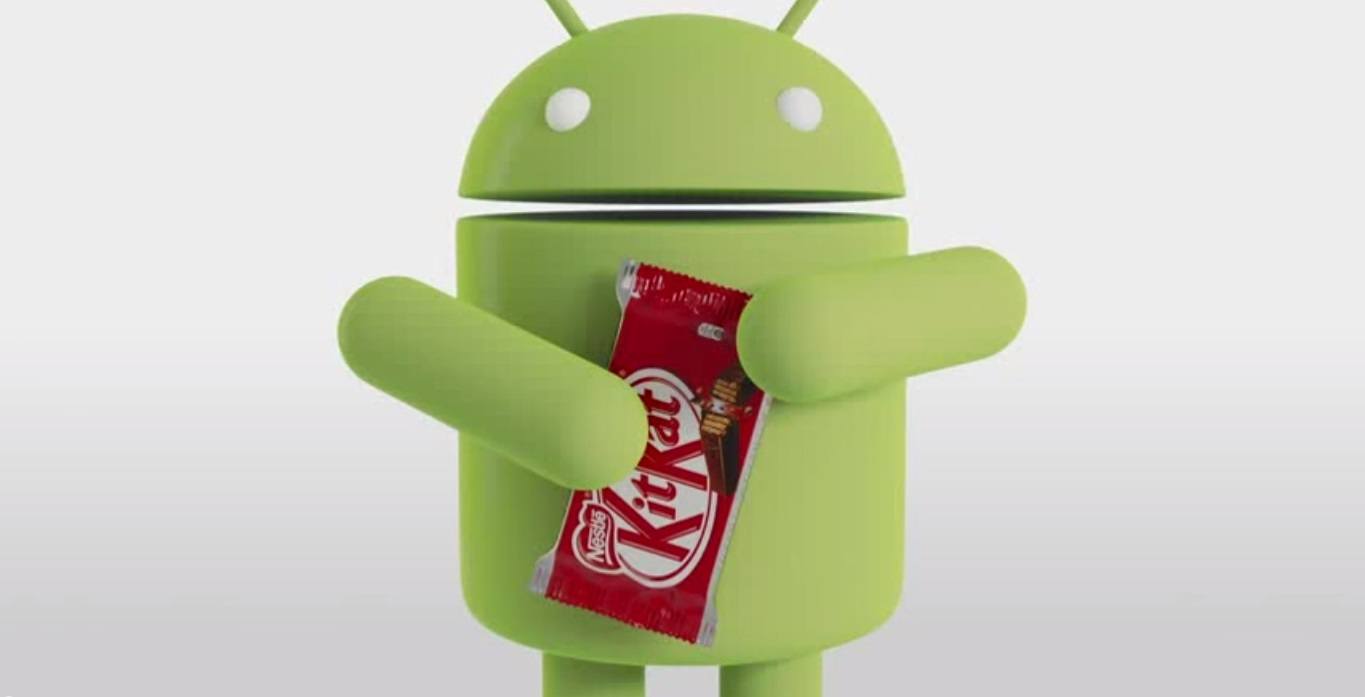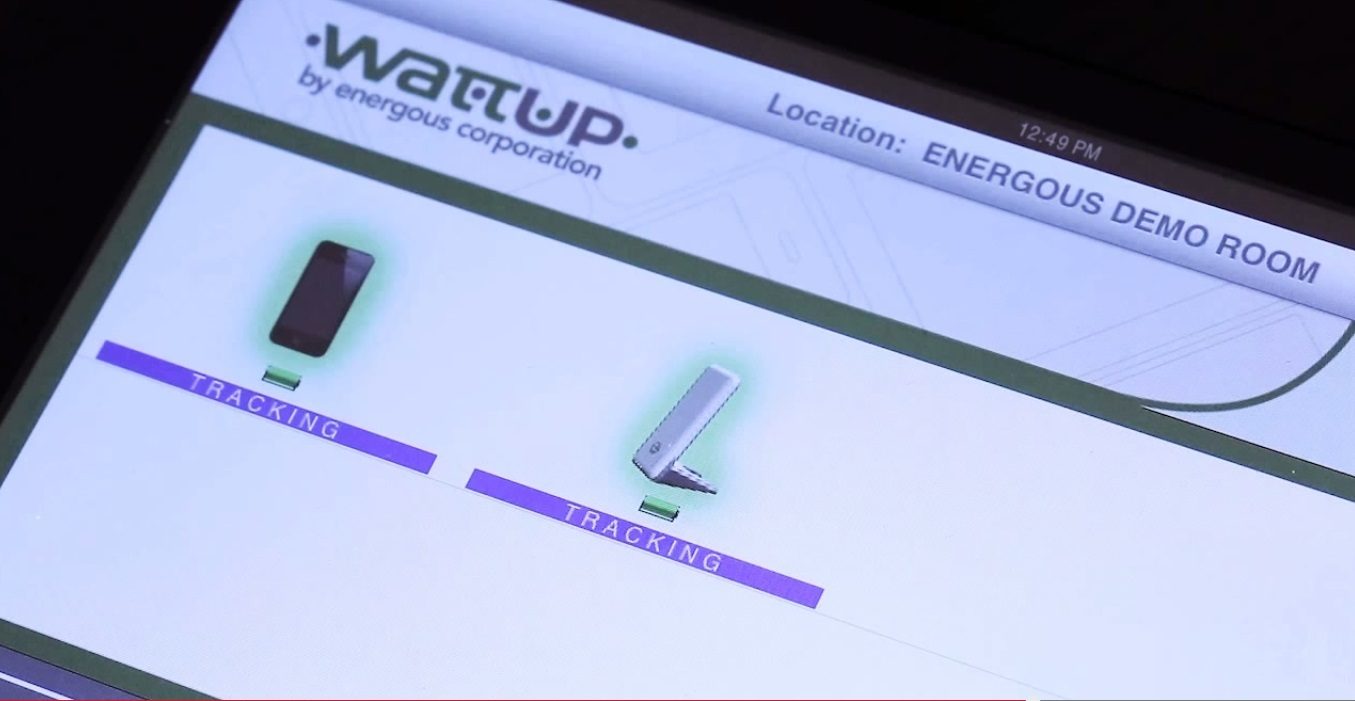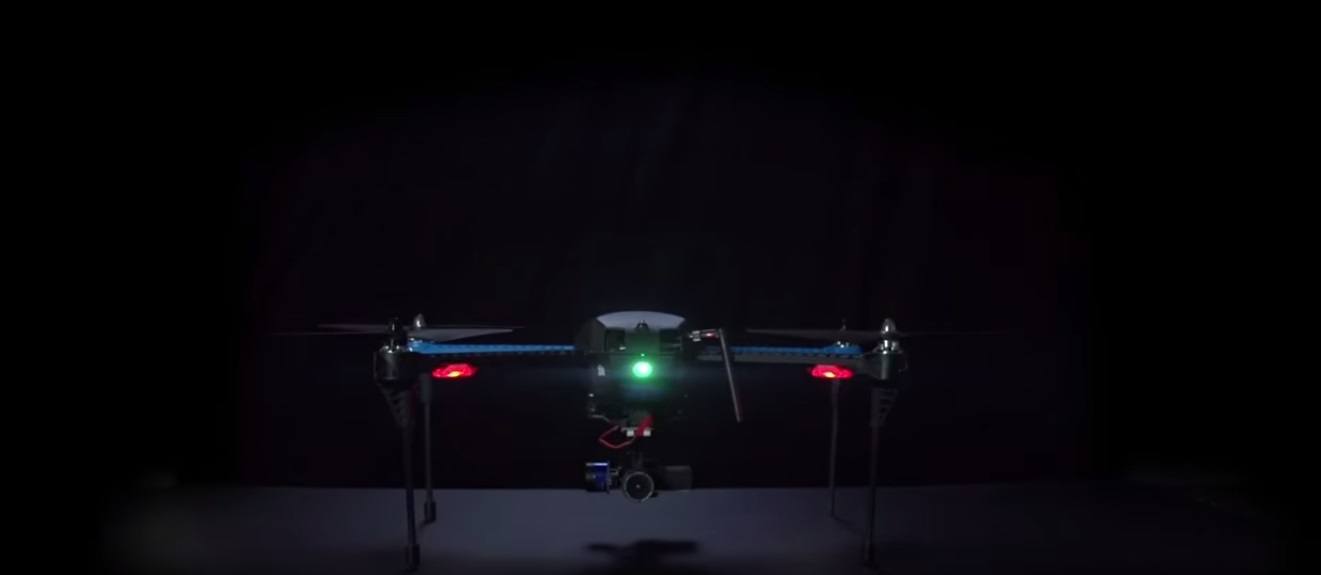Watch any movie with a futuristic storyline and you may observe that they have a certain vision of what modern devices would look like. The common theme would be that technology becomes thinner and more compact. This can be seen in movies such as Ironman, where Tony Stark’s phone is just a thin clear layer where images pop up.
Wouldn’t it be great to have that kind on technology on our hands soon? Well, the wait may not be that long. Scientists have recently discovered a new type of technology that is strong, flexible, and thin enough to make these futuristic phones possible.
They call it Graphene, a thin clear material made by arranging graphite into one atom layer thick sheets. Graphite is a common material found mainly in your average everyday pencil. Graphite is basically a substance made up of closely compacted carbon atoms.
How a Graphene sheet is made.
A Graphene sheet is made by first dissolving pencil lead into a liquid solution. The dissolved graphite is then injected into a special printer and printed onto a thin cellophane sheet. Normally a cellophane sheet wouldn’t conduct any form of electricity but by embedding Graphene into it via printing, it can now easily allow electrical flow. Electricity can pass through this sheet because of how thin the carbon layer is on the cellophane sheet, the thinness allows for very little electric resistance. This opens up to a world of applications and possible uses of the Graphene sheet.
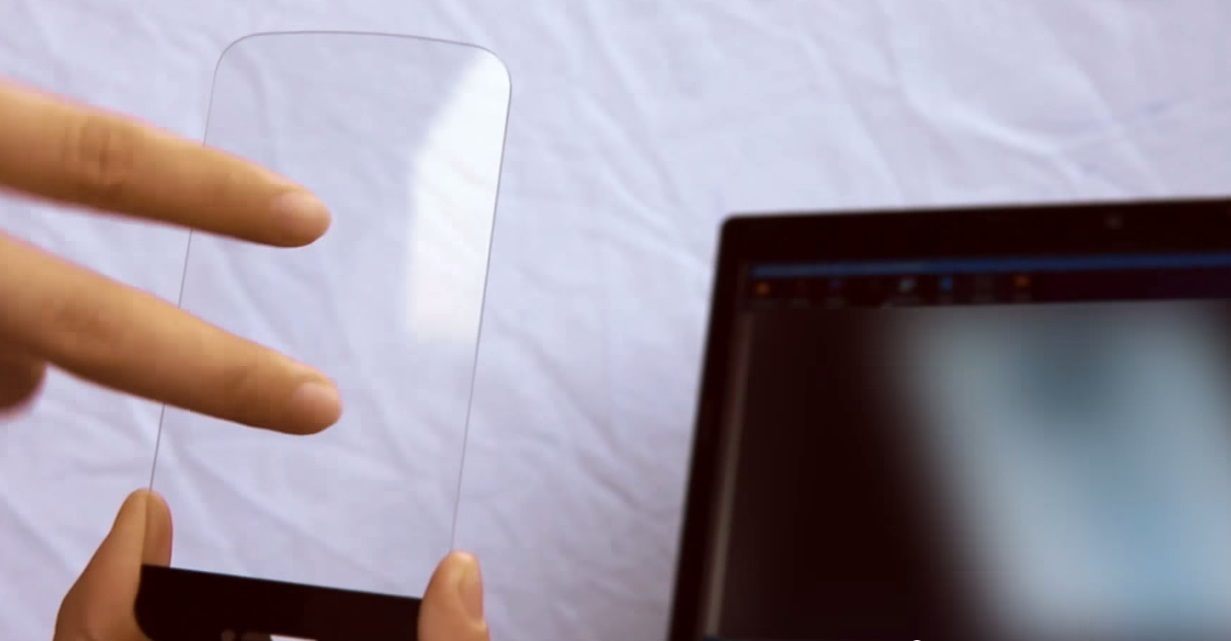
Possible applications:
Thinner devices – Due to the thin characteristic of the sheet, scientist now have an alternative material to create microchips. Thinner microchips would mean thinner devices like mobile phones and laptop computers as well as TV monitors.
Touchscreen replacement – Right now touch screen devices need Iridium for it to work. Iridium is slowly becoming rare and is getting expensive. On the other hand, carbon that composes the Graphene sheet is one of the most common elements found here on earth.
Flexible mobile devices – Scientist are now looking into applying Graphene to paper thin mobile devices that would generate images just like in the movies. This is made possible because the Graphene sheet would still allow electrical flow no matter how much you bend and fold the sheet.
Other possibilities – The possibilities are limitless with scientist saying that there would be applications in a lot of other technologies such as electric cars and bio-technology just to name a few.
Currently multiple big companies such as Apple and Samsung are finding ways to incorporate Graphene sheets into their technology.


